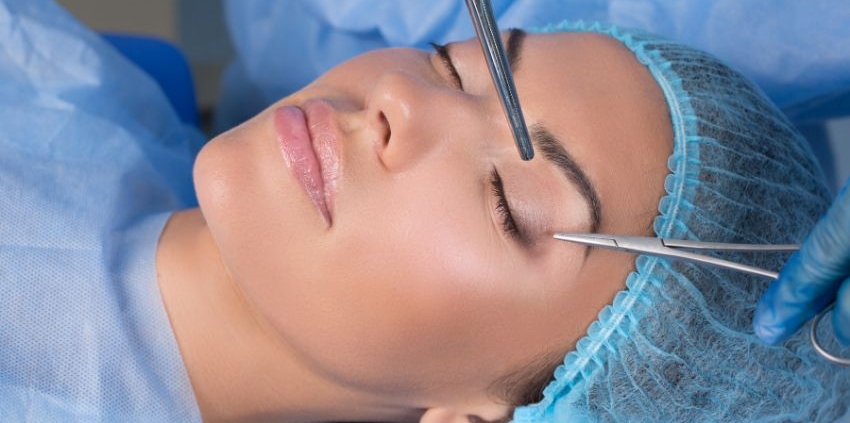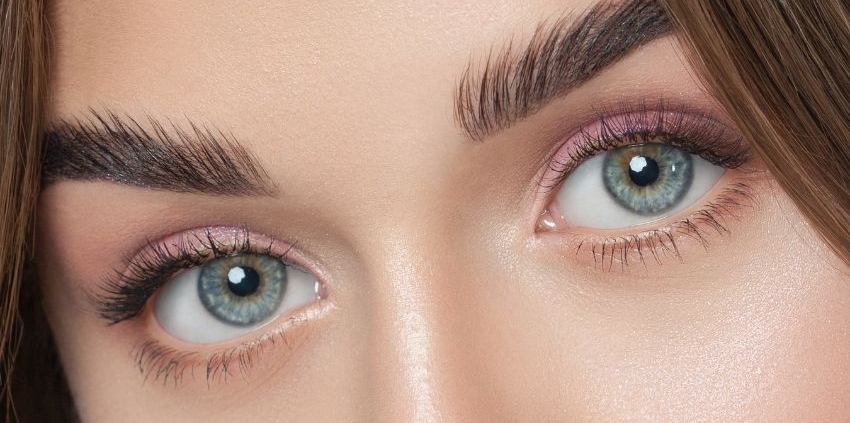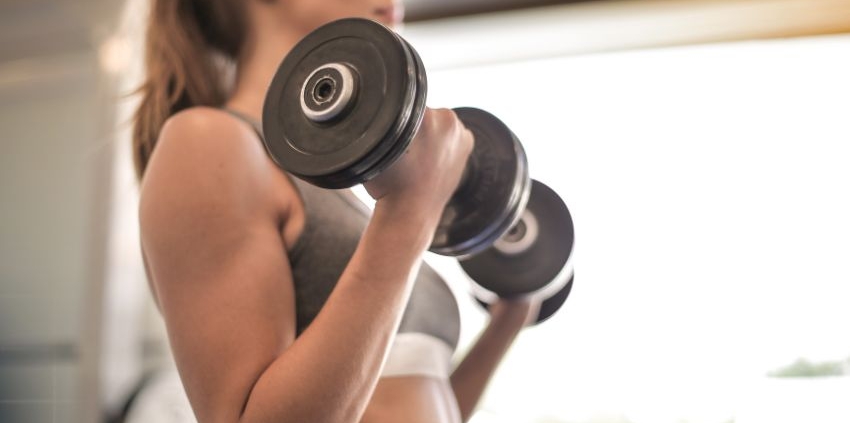Last month, we looked at popular procedures reported in the BAAPS National 2022 Audit that are driving current surgery trends. While women are the main drivers of the boom in cosmetic surgery procedures, men are also driving demand.
While women still dominate the cosmetic surgery market, male procedures also experienced a boost, up 118% from 2021. So, what were the most popular male surgeries?
Why surgeries are proving so popular with men
Although the BAAPS National audit showed a surge in demand for male procedures in the UK, there was a similar boost in male surgeries reported in the US. Many men are seeking procedures to help address aesthetic issues caused by body changes after becoming a parent. The ‘daddy-do-over’, will address a range of concerns caused by changes in diet or routine, as the ‘mummy makeover’ will for women.
There is also less stigma for men undergoing cosmetic surgeries than there once was. Male celebrities and influencers are revealing their procedures, inspiring other men to achieve the same results. Additionally, they seek the same feelings of comfort and body confidence that women achieve from cosmetic procedures.
Which male surgeries are popular?
Accounting for 7% of the total number of procedures carried out in 2022, here’s the surgeries men are opting to undergo:
Rhinoplasty: Commonly known as a ‘nose job’, rhinoplasty in men is up by 45%. The procedure reshapes the nose to improve its proportion and appearance, in relation to other facial features.
Chest Reduction (Gynecomastia Surgery): This procedure targets excessive breast tissue in men, creating a flatter and more masculine chest contour. Its growing popularity is down to the increased confidence and comfort it provides, allowing men to feel more at ease in various clothing and social situations. Demand for the procedure has risen by 158%.
Eyelid Surgery (Blepharoplasty): Like its popularity among women, eyelid surgery is also appealing for men due to the rejuvenated and more alert appearance it provides. The surgery is up 105% in male patients.
Liposuction: As with women, liposuction for men aims to remove localised fat deposits from specific body areas, such as the abdomen. There has been a 150% increase in the number of men undergoing this procedure.
Ear Correction (Otoplasty): Aiming to correct protruding or misshapen ears, this procedure is up 72%. It works by reshaping the cartilage and repositioning the ears closer to the head.
Book a consultation
If you are interested in any of the male cosmetic procedures mentioned in this article, or are looking to address any other cosmetic concerns, book an appointment with leading cosmetic surgeon Mr Nigel Horlock. He can answer any questions you may have, including what to expect after surgery, and when you can return to work or resume physical activity.












